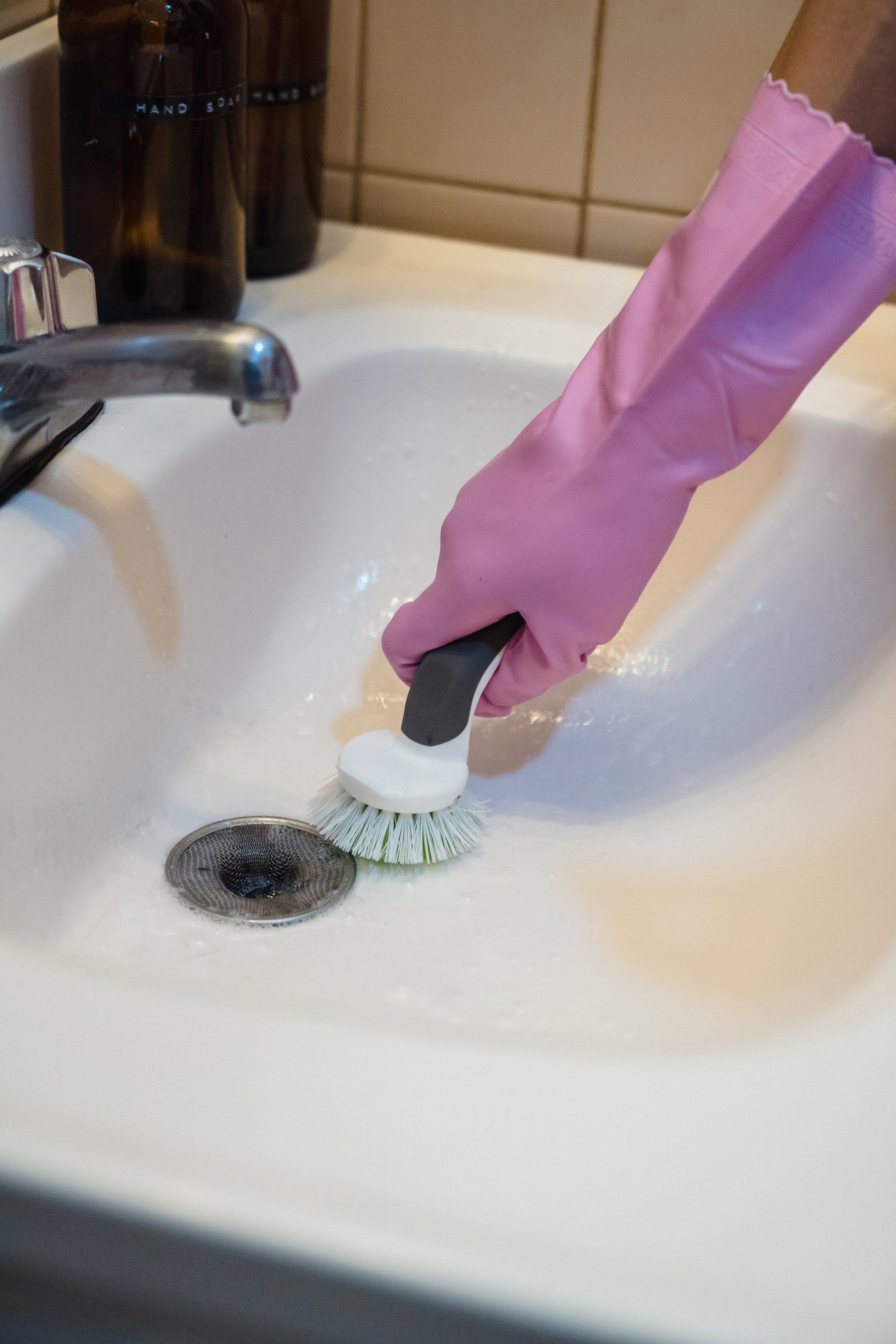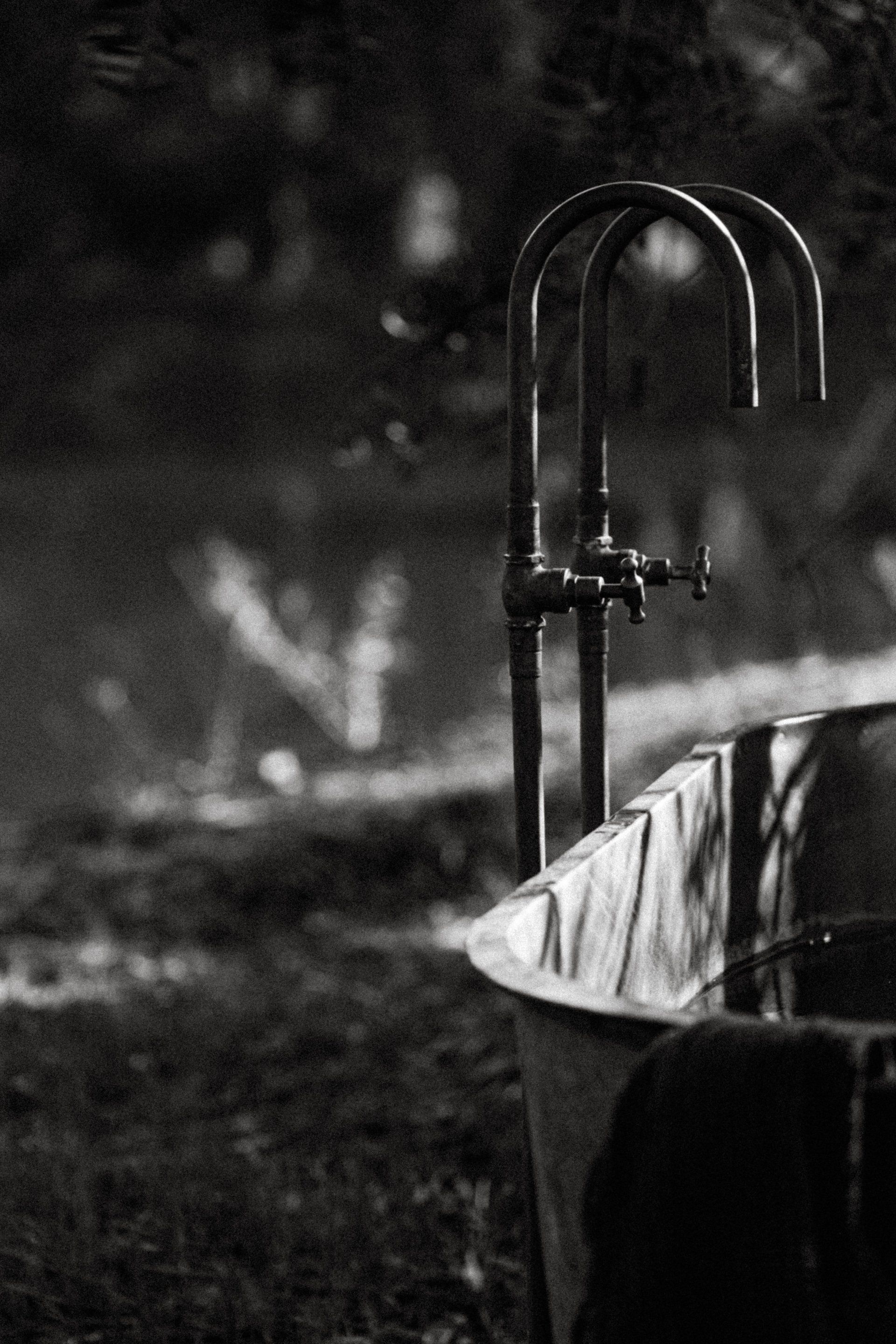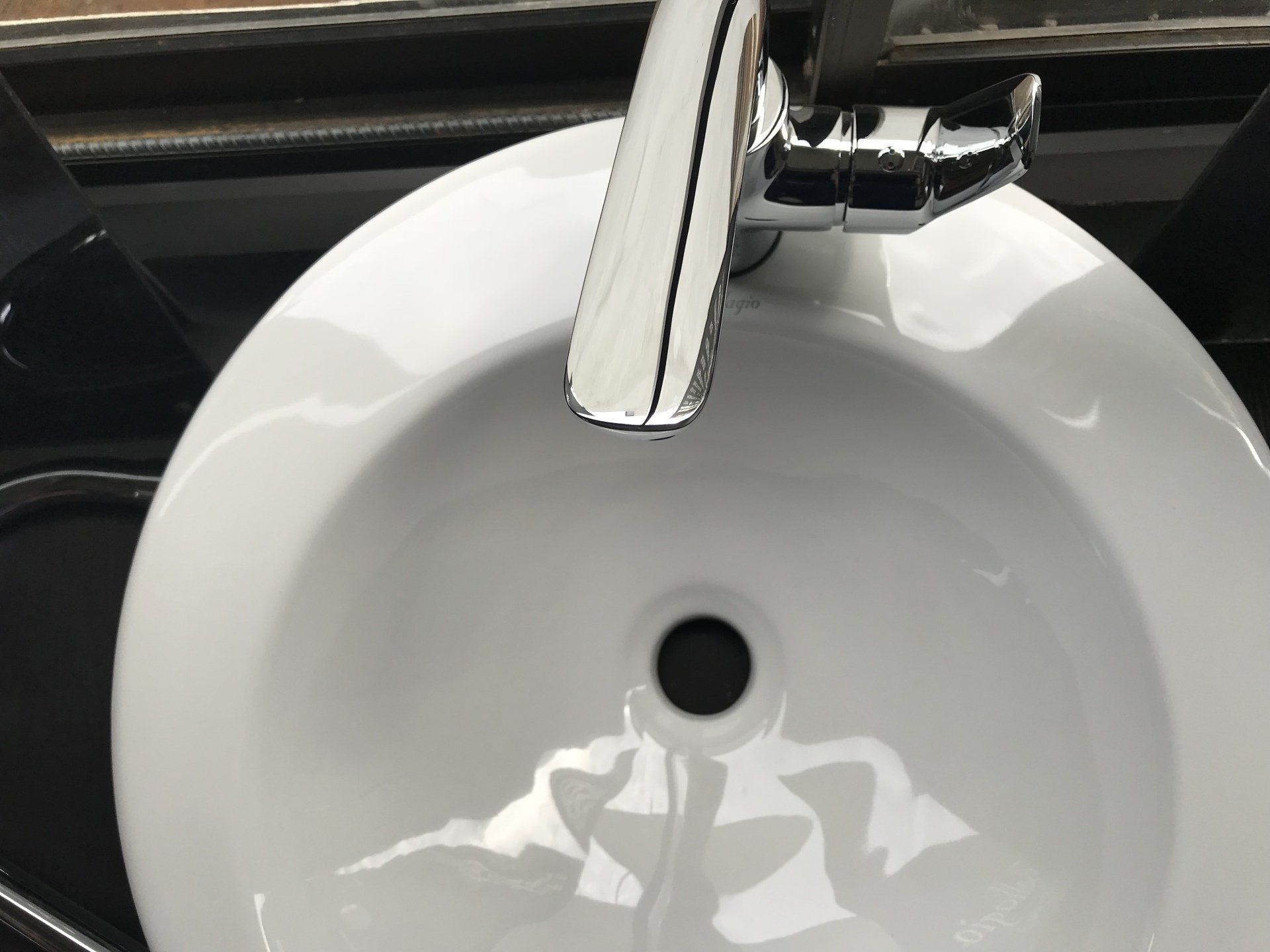Replacing a Water Heater Valve Gas Valve: Tips & How To
Replacing a Water Heater Valve Gas Valve: Tips & How To
It's not as difficult or complicated as it seems to remove and replace a gas valve in a hot-water tank. Here are some tips to help you do it safely and quickly.
A hot water tank has a gas valve as part of its manifold/burner combination. The gas valve is found at the bottom and has several components attached, including the pilot tube and manifold tubes. High-limit probes, thermal fuse, igniter, and thermocouples are all available.
Most valves contain two to three buttons and knobs. These will be used in order to control the temperature and light the pilot. You can set and adjust the temperature as well as turn off your heater from the valve. It is a crucial component of the hot water tank.
White Rodgers, Robert Shaw, and Honeywell are three of the most commonly used gas valves. These three models can all be found on heating units from AO Smith, Rheem, State, American, Bradford White, Kenmore, GE, and other well-known manufacturers.
How does a hot-water tank work?
A water heater heats chilled water until it reaches the right temperature. The heater ensures that hot water is always available. This is done by a thermostat probe that signals the heater if the water temperature is not at the correct temperature. Once the temperature is reached, the gas flow ceases, and heating stops.
Removal of a Gas Control Valves
To start, you need to switch the gas valve from the "off" position. It might be necessary to depress the gas valve depending on the model before turning it. Next, disconnect the gas valve at the end of the line that leads to the hot water tank. Turn off the water supply line at the shutoff, and drain your water tank. Disconnect the pilot tube, piezo igniter, and manifold tubes, as well as the thermal switches and thermocouple. Be careful not to damage the thread.
You will need to use the correct-sized threaded pipes. Avoid using a pipe wrench or placing any objects into the inlet. They could cause damage.
Replacing the Gas Control Valve
Reconnect the gas valve to its gas tube with teflon tap or a pipe adhesive. You can put the valve back together using the threaded tube mentioned earlier. Avoid overtightening. This could damage or cause gas leakage. Place the piezo igniter, manifold tube, pilot tube, thermocouple, and thermal switches back on. Make sure you pay attention to the threading. Make sure your combustion chamber is clean.
You can then refill the tank and open the water tap for any remaining air to escape. To check for gas leaks, you can use foamy, soapy liquid to wash the valve and then apply a sponge to the connections. It should bubble up if there is a problem. The instructions for your tank will help you to ignite the pilot.
Temperature Adjustment
Once everything is in place, such as the hot-water tank and the gas valve, you can adjust the temperature. The safest, most cost-effective setting for most valves would be 120 degrees. There are also vacation modes that don't require hot water. You can set it higher than 120 degrees. The optimal setting for children is between 120 and 125 degrees.
Problems
You might have another problem if the gas valve isn't working. It could be a problem with your thermocouple, for example, if the pilot is not lighting up. You can check that the pilot tube has not become clogged.
Get a
FREE Quote
You might also like



